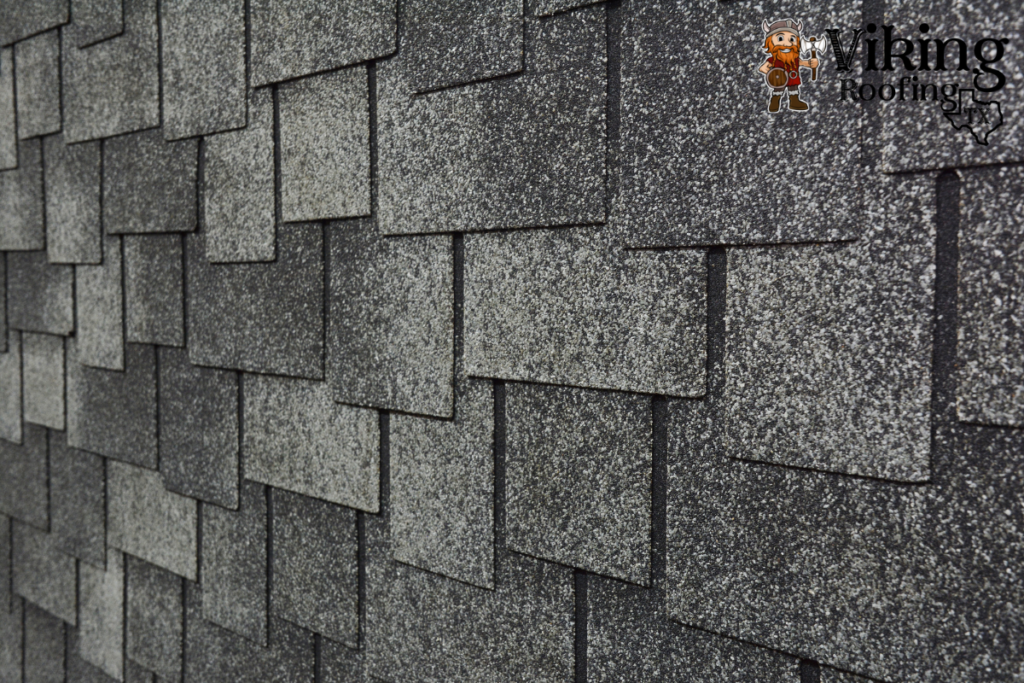
Your new roof shingles not laying flat. Which can be incredibly frustrating. But before you start panicking…take a look at a few of these solutions that might just get you out of your rut.
So your roof’s shingles serve two purposes. The shingles give your roof a finished look and protect it from the elements. However, if your shingles are not flat, they can become lumpy, bumpy, or curled. Don’t worry, there’s no need to find yourself a new roofer. After all, there are many factors that can affect the extent of the problem, such as the age of your roof, verall roof condition, and outdoor temperature. Some shingles can be fixed almost instantly, while others may require costly repairs.
The adhesive strip on your run-of-the-mill asphalt shingles is a thin, flexible strip that will soften in warm weather when the sun hits the roof directly. The adhesive holds the shingles in their place when the shingles are heated up. They can appear a bit lumpy or uneven before shingles are sealed down.
However, once the roof is hot enough it will soften and flatten, and then seal permanently. This problem can be more evident on slopes with north-facing roofs. The main issue is that they aren’t going to heat up enough to seal until the summer comes around which could leave your shingles vulnerable. This is not usually a problem, but in extremely windy areas, your roofer could use temporary adhesive to keep wind from blowing off any unsealed edges.
Multi-Layer Roofs
Many communities have strict building codes that prohibit roofers and even homeowners from installing more than two layers. It is always better to remove the old layer of roofing shingles before you install the new one. However, tear-offs can significantly increase the cost of a re-roofing project.
Some homeowners choose to replace old shingles with newer shingles. The new shingles will fit the existing roof’s shape, even if the new layer of roofing seals. Although it may not look appealing, the new layer will bond to the roof underneath.
The roofer must inspect the roof before installing the second layer of roofing shingles on top of the first. The roofer should also add another layer of heavy roofing felt onto the original shingle beds as this will minimize surface distortion.
Subpar Installation
You might find voids or gaps below the shingles’ bottom edges, even though the roof has been sealed. This could be a sign of a poor installation. A nailing guide is included with most new shingles. This guide looks like a horizontal strip that you’ll see at the very top of each shingle.
The roofer will position the shingles according to the manufacturer’s instructions and then ensure that nails are only inserted into the nailing guide. The following shingles row will cover nails and seal them down properly. Incorrect nailed shingles can allow the layer below to slip, which could lead to uneven shingles.
Do-it-yourselfers and unreliable roofing contractors often make the same mistake as shingles being lopped. In each horizontal row, shingles should be tightly butted side-by-side. The shingles may not seal if they are left to lap. Refer to references and testimonials before you decide on which roofing contractor to hire.
Faulty Shingles
Quality shingles should be purchased from a reliable lumberyard to ensure they lie flat. Cheap brands may be too thin or damaged easily, and they may not have enough adhesive to properly seal. Professional roofers will often only use the shingle bundles that are on the top layers of the pallet.
Sometimes, the bundles at the bottom layer don’t conform to the shapes of the pallet’s wood slats. This causes them to warp. Although shingles with warped edges might eventually seal, they are harder to install and have higher odds of catching the wind, causing the edge to pull away from the surface.
There are many options
If you have shingles that were installed in winter, it is best to wait for warm weather before sealing them. If you have any concerns about the installation or the quality of the shingles, call the roofer.
Although the warranty is printed by the manufacturer on each shingle bundle that you’ll buy, there’s still room for error. If the instructions were not followed carefully, the warranty will be void. To find out if your state mandates that roofing contractors guarantee the work being done, call your local building authority.
